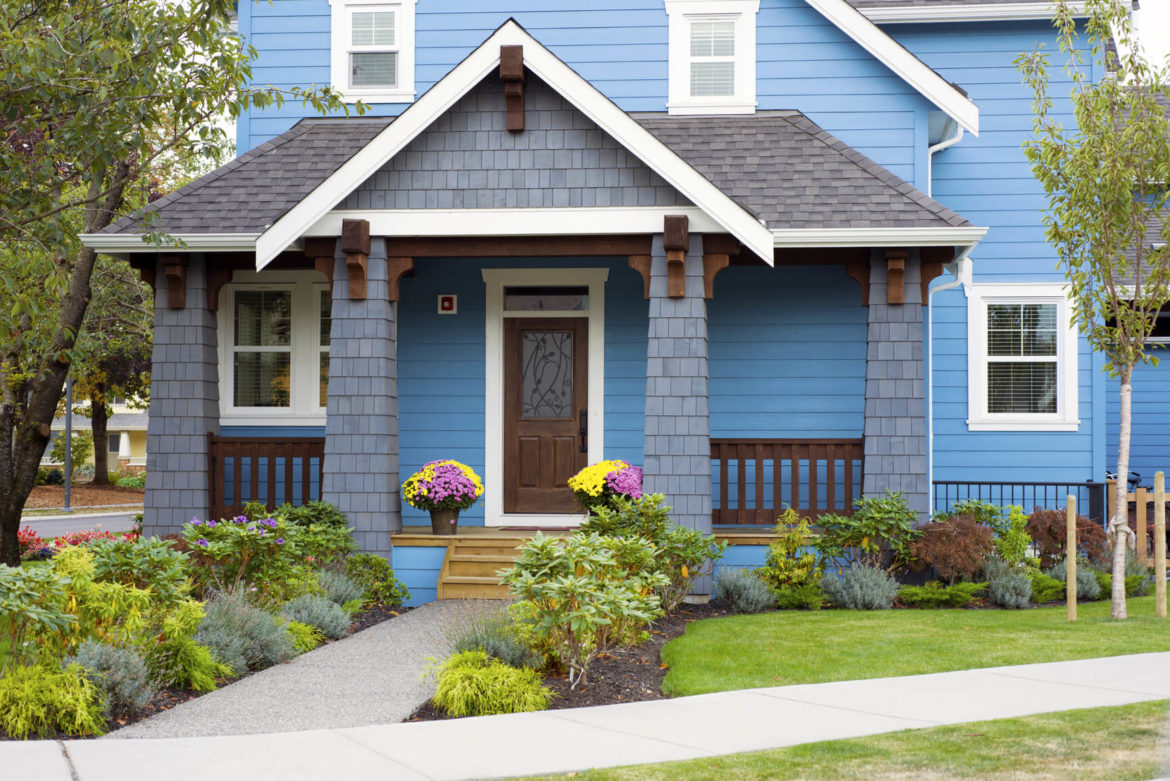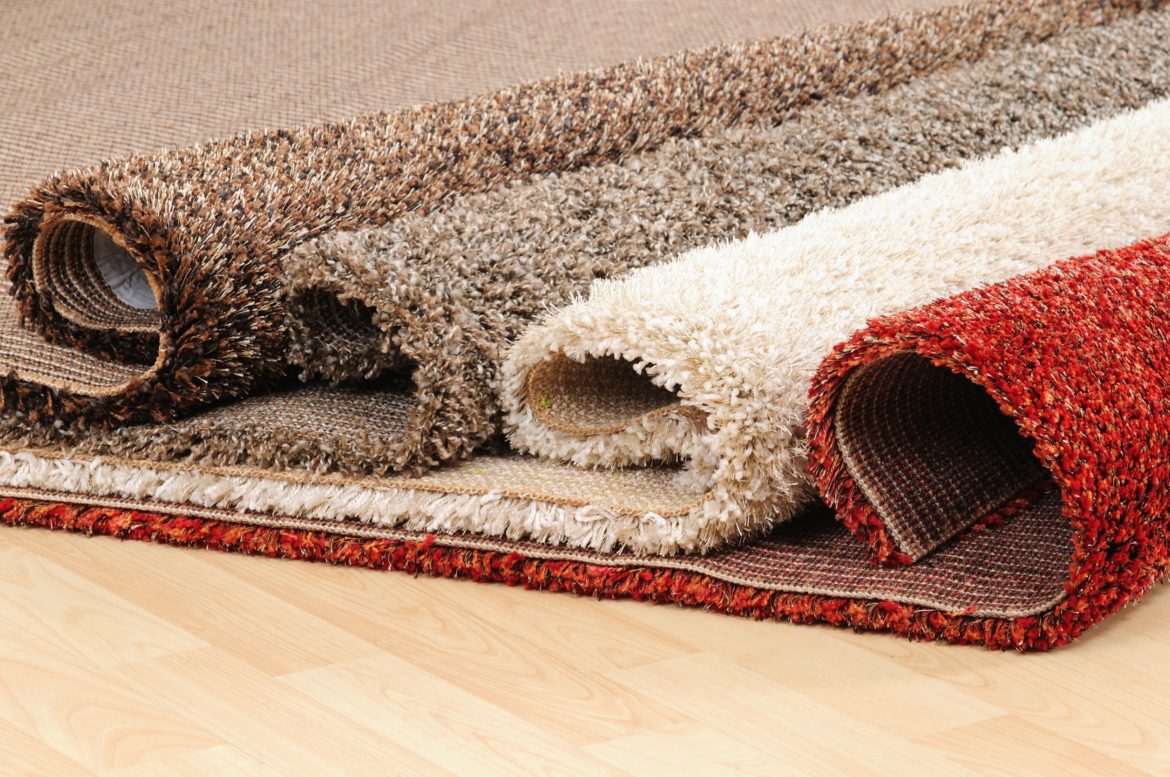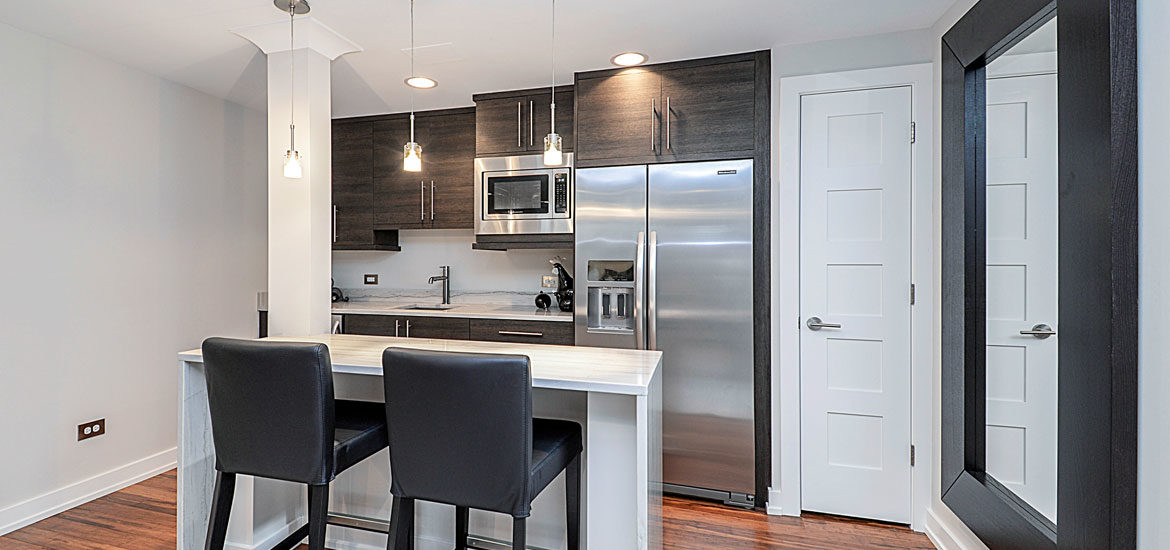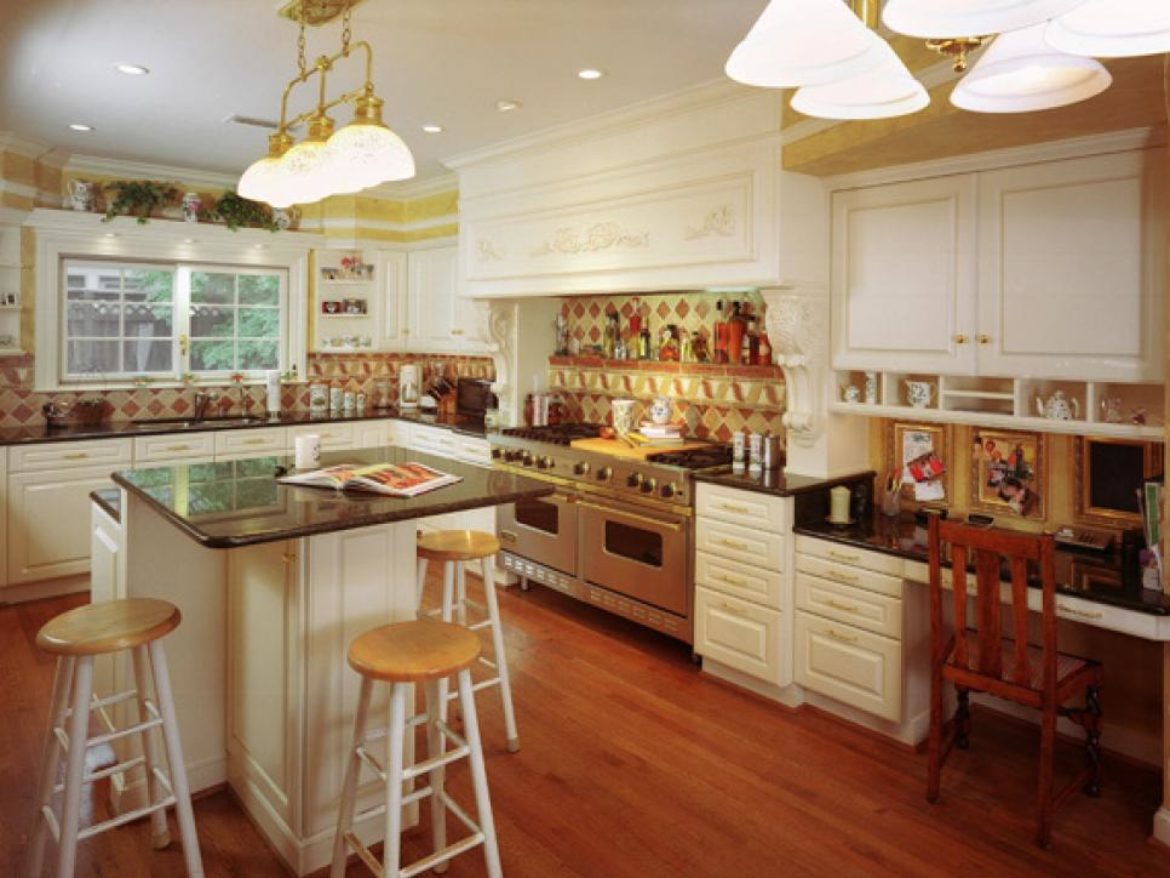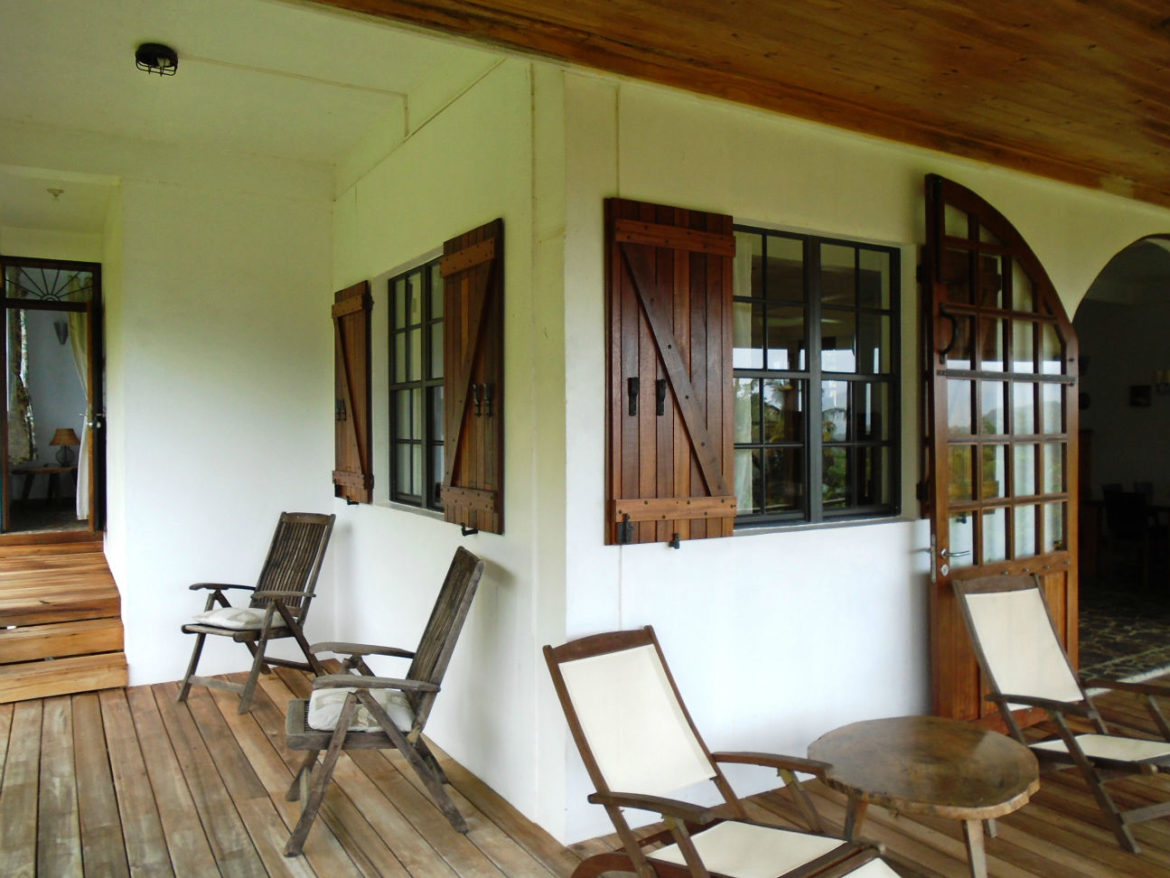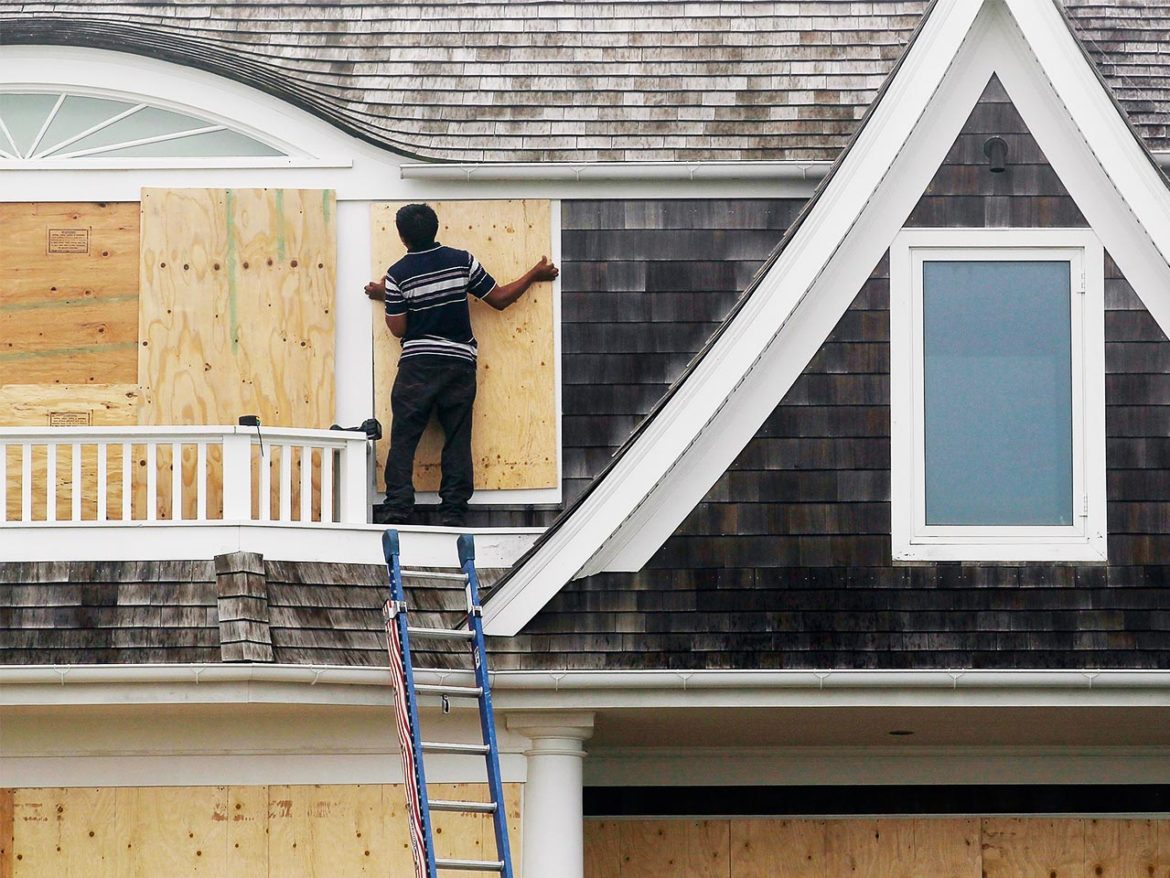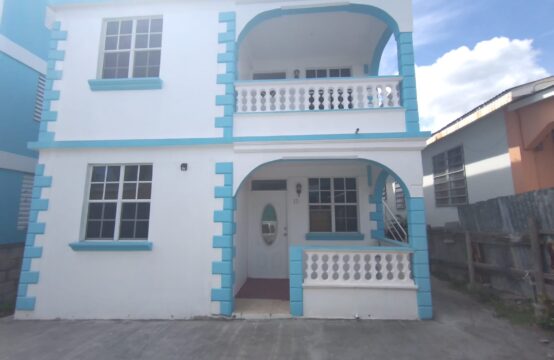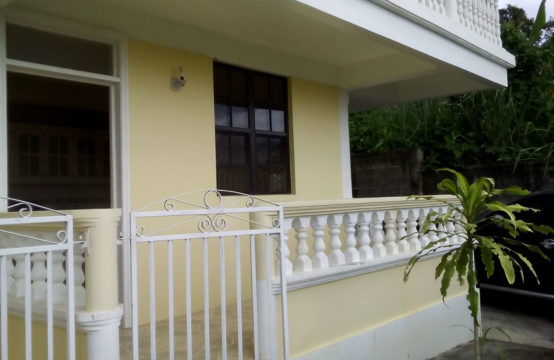Carpet is a practical, fashionable, and versatile choice of flooring. Carpet offers you several advantages that other flooring options can’t compete with such as the following:-
Warmth – Carpet is the best choice you can make for your bedroom, family room, and other areas where you need warmth underfoot.
Safety – Carpet offers a slip resistant surface that will prevent accidents along with a natural cushion in the event of someone falling. For young children and the elderly, this is very important.
Reduction in sound – Carpet will also reduce noise better than any other type of flooring. Carpet works to dampen noise in three ways:
– Reduces surface noise from foot traffic
– Absorbs airborne sound
– Blocks transmission of sound
These qualities are valuable in apartments as well as semi-detached homes.
Surface – Adding carpet to a room can also disguise any existing damage to the floor and also hide any other problems such as warped floors.
Easy to care for – The carpets of today are more stain resistant than they have ever been in the past, which makes cleaning even the worst possible spills easier than ever.
Clean air – Research has proven that carpet can indeed improve the quality of air by trapping allergy causing dust and allergens if it is properly cleaned and maintained.
Variety of use – Carpets aren’t only for floors anymore, which is a really great thing. You can easily add carpet to steps, stairs, walls, posts, and other non level surfaces, without having to worry about it slipping, lifting, or buckling.
Flexibility – Carpet is the primary foundation in almost any room. Because it is available in a variety of different colors and textures, it helps to create an unlimited number of possibilities for decorating. From the neutral tones to rich solids, carpet is the first step you can take to make your home look better than ever.
Low cost – Carpet doesn’t cost a lot of money, as it offers an economical alternative to the other types of expensive flooring. Even with professional installation, you won’t pay near as much as you would for hard surfaces. Unlike hard surfaces, carpet can keep you comfortable if you decide to lay down on it.
Life span – The carpets of today are very durable and can outlast most other types of flooring available on the market. All you have to do is select a type of carpet that has a life span of 5 – 30 years or more, which is very common now a days.


